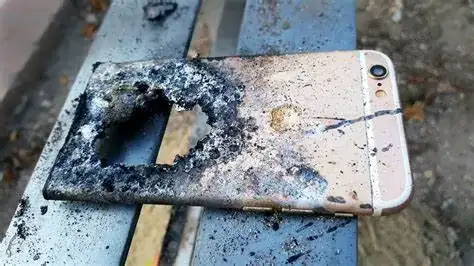As far as what I understand there are different approaches and I have a few doubts regarding each of them:
On the one hand, it seems that factory reset does not securely erase itself data from SSD storage for certain operating systems and devices. However, in case data are first encrypted and then the factory reset is executed, the data will remain in the storage as encrypted, thus they cannot be recovered (as long as the encryption scheme remain secure). My doubt is that this approach does take into consideration the fact that a portion of data may have been deleted before being encrypted, so they are not involved in the encryption once executed and they are recoverable. Is this a potential problem?
On the other hand, it seems that for SSD the traditional method of filling the whole storage with zeros or random data is not the reccomended approach because intense writing may reduce the life of the device and the reccomended approach is one exploting some magic related to the physics of the hardware that "erases" the electrons used to represent data at once. While the traditional method of filling the whole storage is not reccomended, is it still secure (as secure as the reccomended one)?
